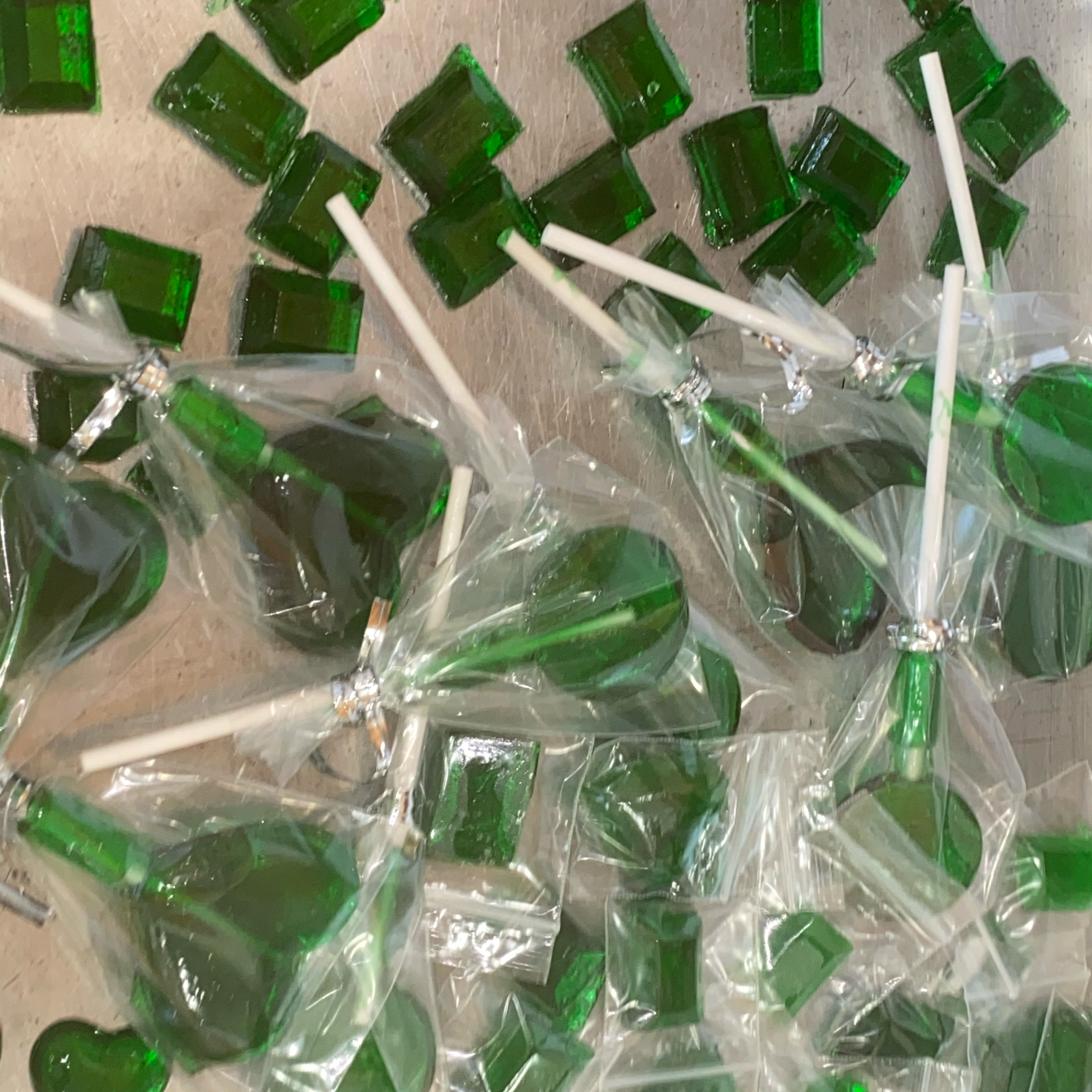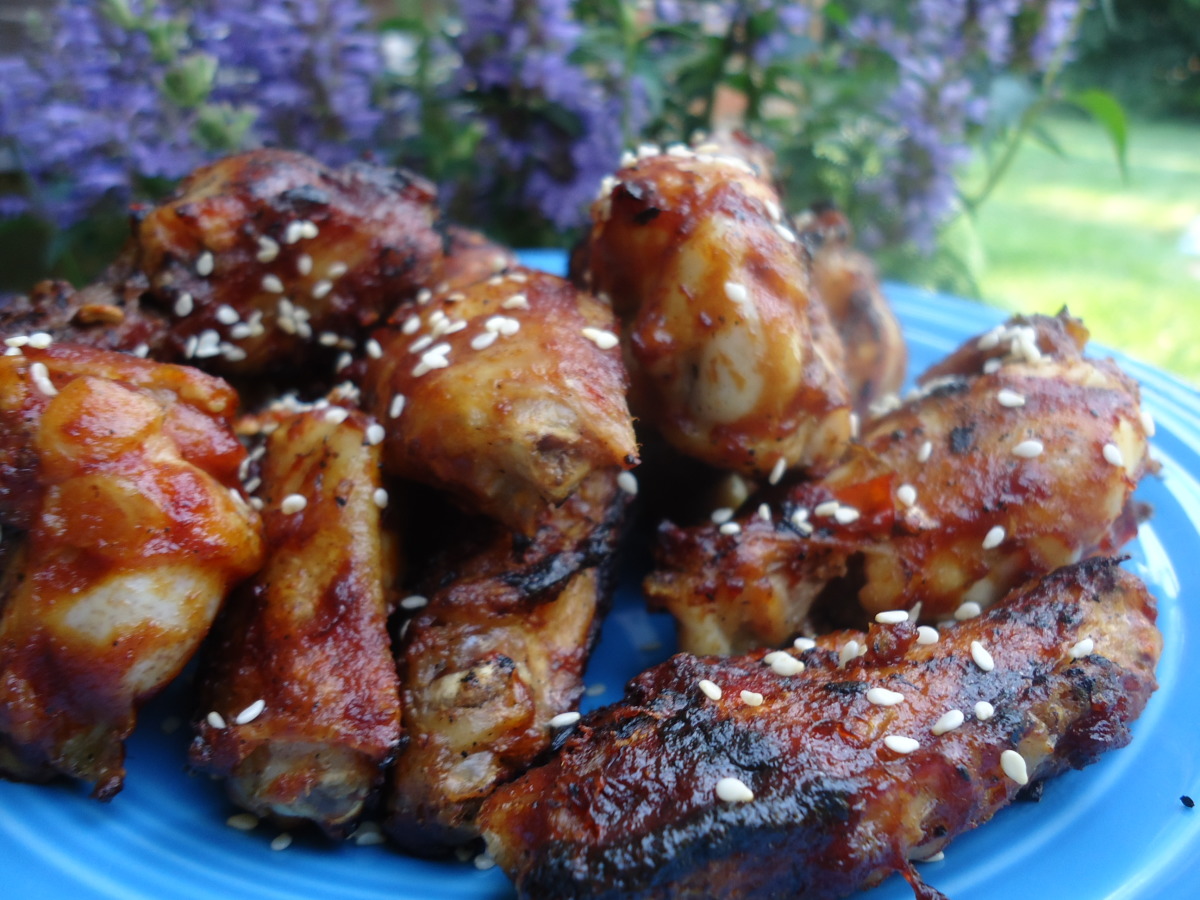**Langos: A Delectable Hungarian Fried Dough Treat**
Langos, a culinary gem from Hungary, is a delectable fried dough that has captivated taste buds for generations. This savory treat is a versatile canvas for a vast array of toppings, making it a beloved street food and a staple at Hungarian festivals and gatherings. Whether you prefer the classic combination of sour cream and grated cheese, the tangy delight of garlic sauce and pickled vegetables, or the hearty embrace of sausages and onions, langos offers an explosion of flavors that is sure to satisfy every palate. With its golden-brown crust and fluffy interior, langos is a symphony of textures that dances on the tongue. Discover the secrets of crafting this Hungarian delicacy with our step-by-step recipes, ranging from the traditional rendition to creative variations that showcase the versatility of this culinary masterpiece. Embark on a culinary journey and let the tantalizing aroma of langos fill your kitchen as you create this delectable treat that is sure to become a cherished favorite.
HUNGARIAN LANGOS

Provided by Alton Brown
Time 2h5m
Yield 8 servings
Number Of Ingredients 7
Steps:
- Peel the potatoes and cut into 1-inch cubes. Measure out 580 grams (1 1/4 pounds) of the peeled and cubed pieces and transfer to a medium saucepan. (Save any remaining pieces for another use.) Cover with 1 inch of water and bring to a boil over medium-high heat, then reduce the heat to medium-low and simmer until potatoes are soft, 10 to 12 minutes.
- While the potatoes are boiling, deposit the flour, milk, 1 tablespoon of the oil, yeast, salt, and sugar in the bowl of a stand mixer fitted with the paddle attachment.
- Drain the potatoes very well, then return them to the saucepan over medium heat and cook, stirring and breaking up large pieces, until the potatoes are dry and crumbly, about 3 minutes.
- Transfer the potatoes to the stand mixer bowl and mix on low speed until the dough begins to come together, about 30 seconds. Swap out the paddle for the dough hook and knead on medium speed until somewhat smooth, about 4 minutes. Inspect the dough. If it's very sticky, tearing, and smearing around the bottom of the bowl, add 1 tablespoon of flour and mix on low speed until the dough no longer sticks to the bowl. Keep checking the dough; you may have to add up to 4 tablespoons of flour depending on the moisture level of the potatoes. Return to medium speed and continue kneading until the dough is smooth, another 3 minutes. Transfer to a lightly floured counter and knead by hand for a final minute. If the dough sticks heavily to your hands, work in a bit more flour. The dough should be soft, but not overly tacky.
- Shape the dough into a ball and move to a tall 2- to 4-quart container or 8-cup liquid measuring cup. Add about 1 teaspoon of oil and rotate the dough in the oil to coat it evenly. Press down to flatten the top of the dough, then mark the dough height on the outside of the bowl with tape or a rubber band. Cover the bowl with plastic wrap and leave to rise at room temperature until the dough has doubled in size, 20 to 40 minutes.
- Once risen, punch down the dough to work out any large gas bubbles. Transfer to a lightly floured counter and divide into eight 175- to 180-gram pieces. Form each into a smooth ball, then transfer to a parchment-lined baking sheet. Cover with a towel and rest for 10 minutes.
- When 5 minutes remain, heat 1 inch of the oil in a wide Dutch oven over medium-high heat to 350 degrees F and line a baking sheet with a wire rack. (See Cook's Note.)
- One at a time, flatten each dough ball into a circle, then stretch or roll it into an 8- to 10-inch disc. Cut three slits across the center of the disc to help prevent large bubbles from forming during cooking. Transfer to a parchment-lined baking sheet and top with a second sheet of parchment. Repeat with the remaining dough balls.
- When the oil is ready, fry the discs, one at a time, until puffed and golden brown, 1 to 1 1/2 minutes per side. (Although a spider or slotted spoon can be used for flipping, I manage much better with wooden chopsticks.) Transfer the golden-brown beauties to the wire rack as they come out of the oil to drain. Keep an eye on the oil temperature and adjust the heat as needed to maintain 350 degrees F. Continue to stretch out the remaining dough discs while frying.
- Consume the breads warm, if possible. (When it's still hot, I always toss one in a zip-top bag with some sugar and cinnamon...the best doughnut ever.) Leftovers freeze well: cool to room temperature, wrap tightly in plastic wrap, and seal in a gallon-size zip-top bag. Freeze for up to 6 months. Reheat straight from the freezer in a toaster oven or directly on an oven rack at 425 degrees F for 10 minutes.
LANGOS

This snack is a fried dough rubbed in pure garlic and seasoned to perfection. This was particularly done for us when growing up as we gathered with other Hungarians for outings and cook outs. The smell is heavenly, they are smeared with the juice of a cut garlic clove and eaten warm. We children would stand impatiently around the kitchen waiting to get the first Langos out of the pan. In Hungarian kitchens the mother would feed the children and men first and then she served herself last. This tradition still holds true today no matter what age we are.
Provided by zbaby44
Categories Hungarian
Time 55m
Yield 6-8 serving(s)
Number Of Ingredients 6
Steps:
- Cook the potatoes in boiling salted water.
- Peel them and immediately mash them. You should have about 1 1/2 cups. Cool.
- Mix the warm milk with the yeast and sugar. Let the starter sit for 5 or 10 minutes.
- Mix mashed potatoes with flour and the salt. Start with 1 1/2 cups and add more flour to make a knead-able dough. Knead dough well.
- Put dough in a bowl and cover.
- Let dough rise in a warm place until double in bulk. About 1 hour.
- Roll out the dough with a floured rolling pin on a floured board to 1/2 inch thick.
- Cut into rectangles, squares or circles. Triangles were my favorite. Prick the center of the dough with two slits with a knife to keep big bubbles from forming.
- Melt Lard in a frying pan so it is at least 1/2 deep.
- Fry Langos over medium heat. If the lard is too hot they will burn, if the lard is to cool the Langos will absorb too much lard. You will have to watch them. Let them get a nice tanish/brown color.
- When they are done, rub each Langos with a cut clove of garlic and sprinkle with salt both sides.
- Serve warm. (Good to accompany with a cold beer).
POTATO LáNGOS: HUNGARIAN FRIED BREAD RECIPE - (4.2/5)
Provided by Foodiewife
Number Of Ingredients 9
Steps:
- Measure: If using instant yeast, place the flour into a stand mixer (or mix by hand). Make a well and add the instant yeast, sugar and salt. PREP: Cook the potatoes until fork tender; mash or use a ricer and add the(cold) milk to the potatoes. Immediately add the warm potato/milk mixture to the dry ingredients and mix until combine. Knead with a dough hook for about five minutes. NOTE: If using dry active yeast, 1/2 cup of warm the milk to lukewarm, add the sugar and yeast and allow to sit for about 5 minutes or so, until foamy. Once foamy, add to the dry ingredients and remaining milk. Place the dough in a slightly oiled bowl and cover loosely with plastic wrap. Allow to double in size. If using instant yeast, the rise can take up to 2 hours. With dry active yeast, it can be about an hour. On a floured surface, dump the risen dough. The dough should not be the texture that it sticks to your hand. If necessary, add about 1/4 at a time, kneading gently until the dough no longer clings to your hand (it's a very forgiving dough). Divide the dough evenly into 8 pieces with lightly floured hands, and pat gently. Then, grab an edge with both hands and move the dough around (almost like making pizza dough) until it stretches into pieces about 1/4" thick. Cover with a towel. Fry in the hot oil (about 250F) until golden (about 2 minutes) and then carefully turn over with tongs. Cook the other side until golden. Drain on a paper towel lined plate, season with kosher salt and eat while hot. My preferred way to enjoy hot lángos is by rubbing a peeled fresh garlic clove. Heaven! Other ways to serve this is with sour cream and grated cheese.
Tips:
- Use luke warm water for the yeast: The ideal temperature for activating yeast is between 105°F and 115°F (40°C and 46°C). Using water that is too hot or too cold can kill the yeast and prevent it from rising.
- Proof the yeast before using: This means letting it sit in a warm place for a few minutes until it becomes foamy and active. This will ensure that the yeast is alive and will help the dough to rise properly.
- Knead the dough until it is smooth and elastic: This will help to develop the gluten in the dough, which will make it chewy and strong. You can knead the dough by hand or with a stand mixer fitted with a dough hook.
- Let the dough rise in a warm place until it has doubled in size: This will take about 1 to 1.5 hours. You can place the dough in a greased bowl, cover it with plastic wrap, and let it rise in a warm place, such as a turned-off oven with the light on.
- Fry the lángos in hot oil until they are golden brown: Use a large skillet or deep fryer filled with oil that is heated to 350°F (175°C). Fry the lángos for a few minutes per side, or until they are cooked through and crispy.
- Serve the lángos hot with your favorite toppings: Lángos can be topped with a variety of savory or sweet toppings, such as garlic butter, sour cream, cheese, ham, bacon, eggs, or fruit.
Conclusion:
Lángos is a delicious and versatile Hungarian deep-fried flatbread that can be enjoyed as a snack, appetizer, or main course. With its crispy exterior and soft, chewy interior, lángos is a perfect vehicle for a variety of toppings. Whether you prefer savory or sweet toppings, there are endless possibilities for creating a lángos that suits your taste. So next time you're looking for something new and exciting to try, give lángos a try – you won't be disappointed!
Are you curently on diet or you just want to control your food's nutritions, ingredients? We will help you find recipes by cooking method, nutrition, ingredients...
Check it out »
#weeknight #60-minutes-or-less #time-to-make #course #cuisine #preparation #occasion #healthy #appetizers #hungarian #european #finger-food #low-fat #dietary #low-sodium #low-cholesterol #low-saturated-fat #low-calorie #healthy-2 #low-in-something #presentation
You'll also love






